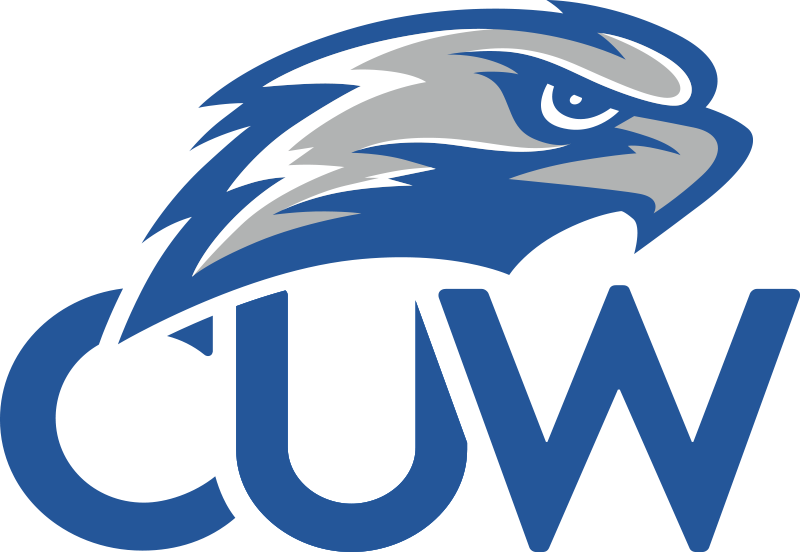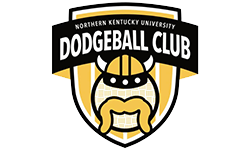 When my personal journey into collegiate dodgeball began on September 8, 2006:
When my personal journey into collegiate dodgeball began on September 8, 2006:
-The Ohio State Dodgeball Syndicate were (was?) the defending national champions
-Grand Valley’s NCDA record 42 match win streak would not even begin for another two months
-17 current NCDA member clubs did not exist, including future NCDA Champions CMU and SVSU
-The 15 second shot clock was not yet a thing. No, really, it wasn’t.
-The vast majority of dodgeball players threw without gripping, which meant I was throwing with a normal spread-hand grip before it was cool.
-Future/former NCDA team captains such as Mark Trippiedi, Sam Hiller, Felix Perrone, Kyle FitzPatrick, and Pat Fisher were playing “real” sports in high school as opposed studying the finer points of destruction with vulcanized rubber.
-Team rankings were decided by a captain’s poll
-Grand Valley’s first National Championship win was a stated goal, not a ancient tale from the past
-No team from the state of Michigan had ever won a national championship of college dodgeball
-The outdoor court where that September practice took place no longer exists and hasn’t existed for more than four years.
-Aleks Bomis was an undergraduate student at Michigan State, which is somewhat inconceivable, even to this day
The NCDA was a different place back then. Grand Valley would refer to itself as the no. 2 team in the nation for the entirety of the 2007 season, knowing that taking an underdogs mentality to nationals would help in the long run.
And what a run it was. After beating OSU in the 2007 National Championship game 3-1, I was a part of a program that expected to win every time it stepped on the court. And did.
One of the things that I love about the NCDA is the relative limit of eligibility restrictions. Had I been forced out of competitive college dodgeball at the conclusion of my fourth year, per the NCAA standard, I would have gone out at the very top; winning the 2010 National Championship over Central Michigan, the closest NCDA Championship to date.
And I would have missed the golden period of the NCDA, which saw the rise of many true contenders for the Nationals Trophy. I played in the only true nailbiter Championship game there has ever been up to that point (2011). I witnessed first hand the very next year when college dodgeball arrived, and favorites started to get knocked off in the 2012 Nationals Tournament.
Grand Valley became the first team ever to eliminate a defending national champion in any round prior to the national championship game last season, in one of the best single game dodgeball performances ever. And in the very next round, we got perhaps an even better game, where the SVSU-GVSU semifinal was decided in overtime, the first time that had ever happened in an elimination game. It was the first time in club history that the Lakers failed to reach the Championship match.
I watched as the league that I helped build had exceeded the size and scope of the program I had done everything I could to position for future success. And I was very comfortable with the result.
Developing my dodgeball skills in an era of singular dominance taught me plenty of things that have proven true over the last three years of NCDA competition:
-Dodgeball is very much a survival of the fittest sport, but 15-on-15 dodgeball pushes towards the extreme.
-It’s hard to get a program off the ground playing 15-on-15 because teams develop according to the bamboo theory, which states that the roots of a strong program develop steadily over time, without producing results that can be measured.
-GVSU used to dominate lesser clubs on the court, and for three full seasons, it didn’t look like any team would ever catch up. But legends graduate. And no matter how well prepared you are to replace your best players, the opponent with the strongest roots is just as ready as you are to take that opportunity away from you.
-Graduation limitations means that the game must continue to evolve both in terms of rules and strategies. No matter how great a team is (and I was witness to the greatest teams in league history), if your club leadership can’t stay ahead of the curve, you will graduate your best players, and other teams will take your place
-15 on 15 rules does create a year to year advantage for strong programs: GVSU, SVSU, CMU, MSU, JMU, Kentucky, and Kent State aren’t going anywhere in the near term future. But the era of a single team of dominance will not ever happen like it did in the fledgling years of the NCDA.
-A team may step forward in the mold of the 2000’s New England Patriots, but there will never again be a team in the mold of the 1970’s Pittsburgh Steelers. The rules have changed too much.
-Home court advantage is a real thing because the very nature of club sports means that teams that travel will always do so with less than 100% of their roster quality. Road teams are at a necessary disadvantage.
If the early part of the 2013 season is any indication, the best is yet to come. For the first time since the day I started playing NCDA dodgeball, the dominance of the Michigan teams is being threatened by out-of-state contending clubs such as James Madison, Kentucky, and Kent State. Michigan State and Grand Valley played an all time classic at the GVSU Arena.
Every team has lost at least once and the Michigan Dodgeball Cup has yet to be played. That could have never happened in the NCDA I played in. It’s more exciting now.
– Greg Trippiedi, GVSU #12


























Chills man, I got chills. I love how much the game/league has changed since I started playing, I can’t image the giant leap you and Bomis have witnessed.
Great article, but I think the UConn women’s b-ball team is a better comparison than the 70’s Steelers for GV’s 07-10 dominance. The Steelers won a bunch of Super Bowls, but they did lose sometimes.
What a great look back, thanks Greg. The league has changed so much in the (nearly) three years since I graduated. In the next 10 years, it’s conceivable the NCDA could reach 50 teams and have a national tournament on the west coast. Wouldn’t that be crazy?
I think its a little concieted writing an “appreciation article” about yourself Greg…. Haha
well not like i was gonna write something on him haha